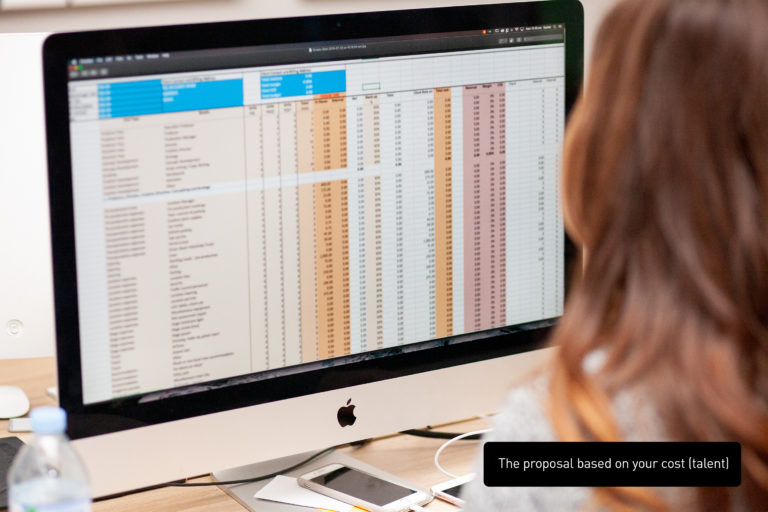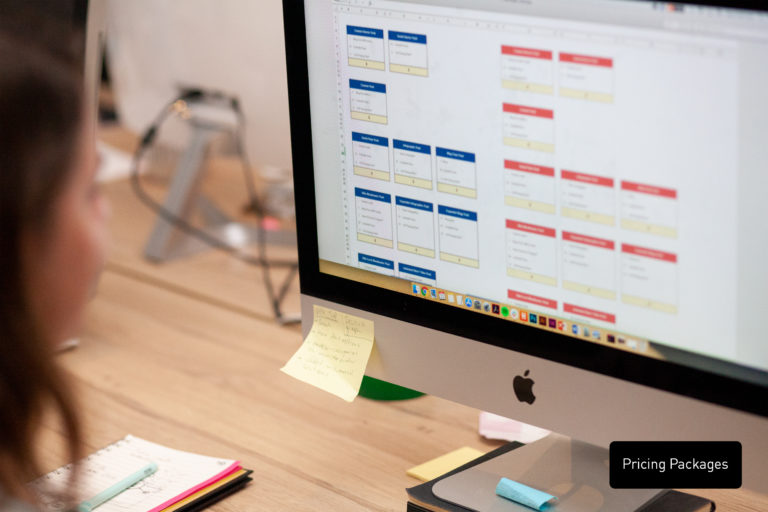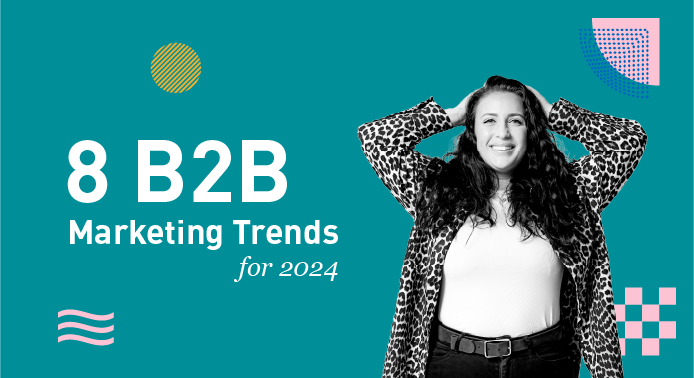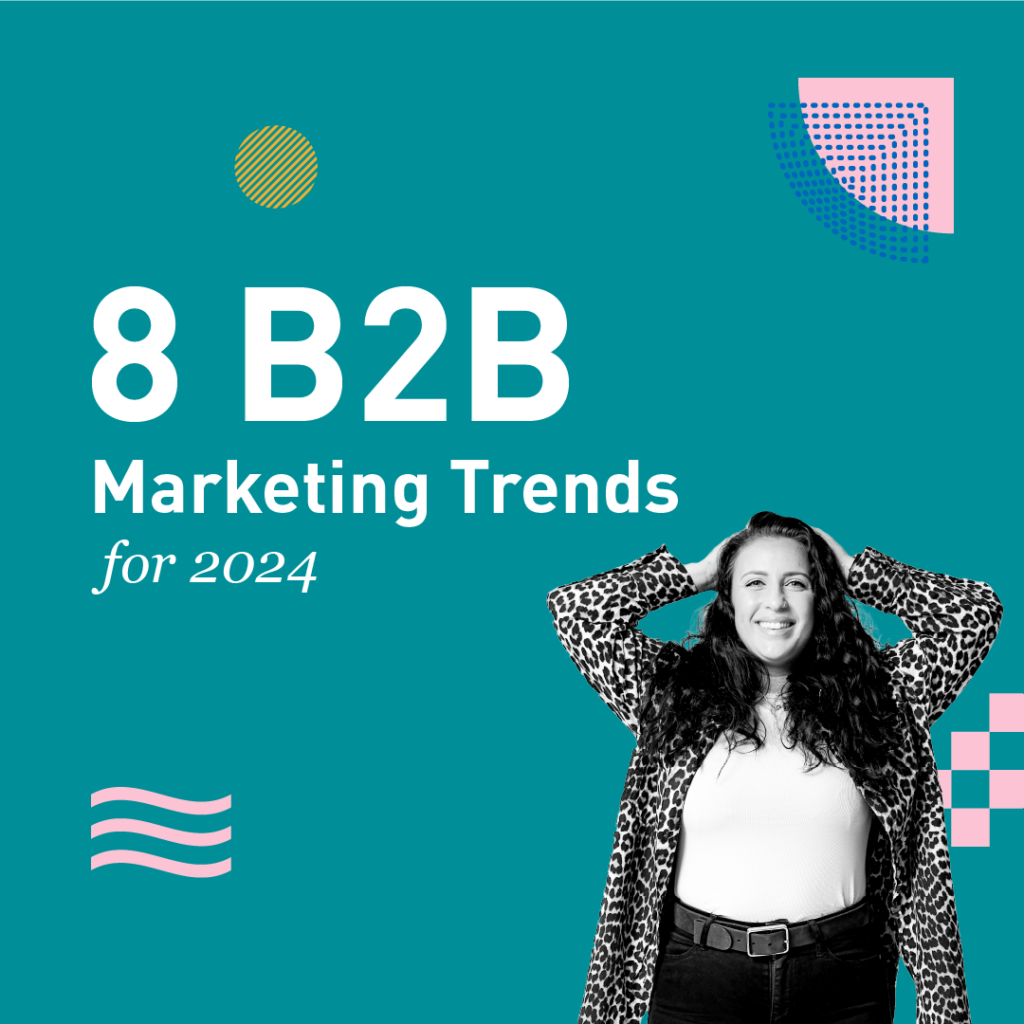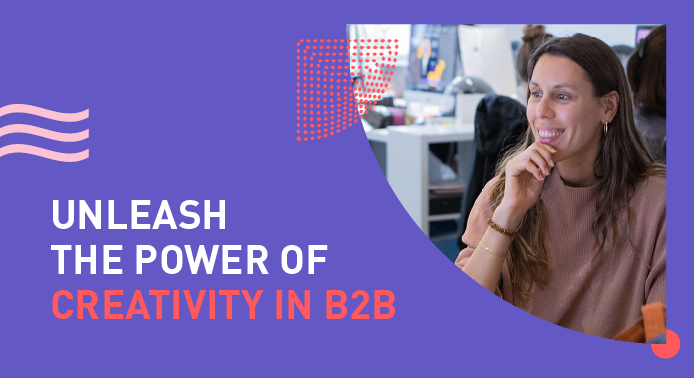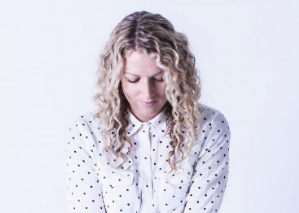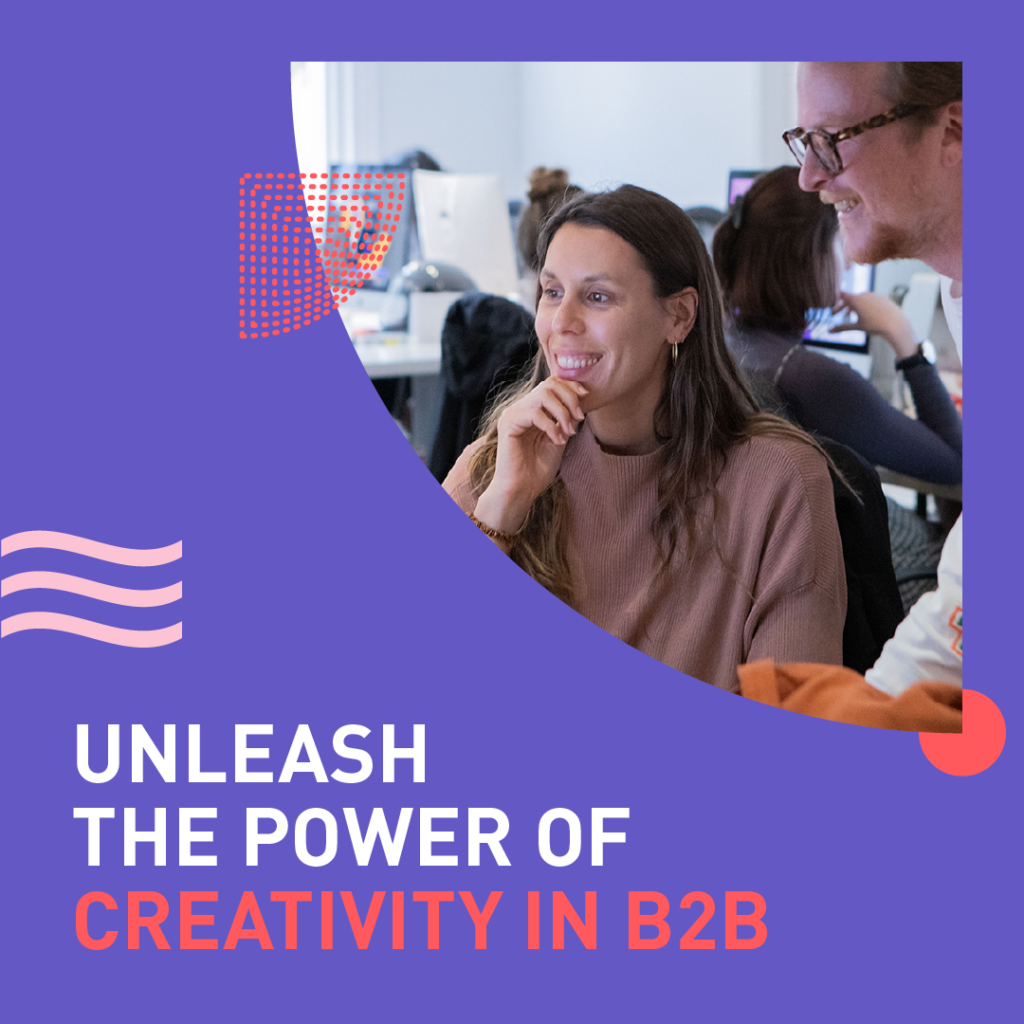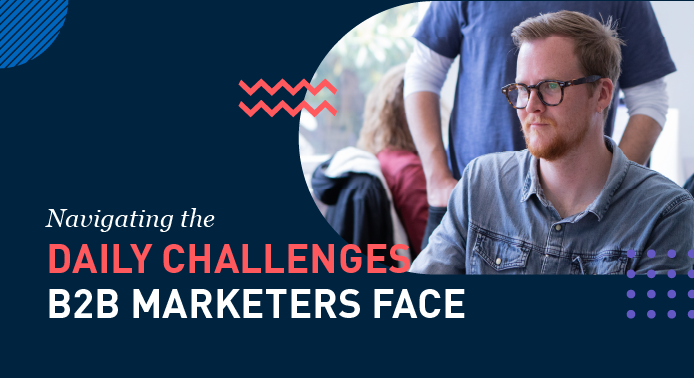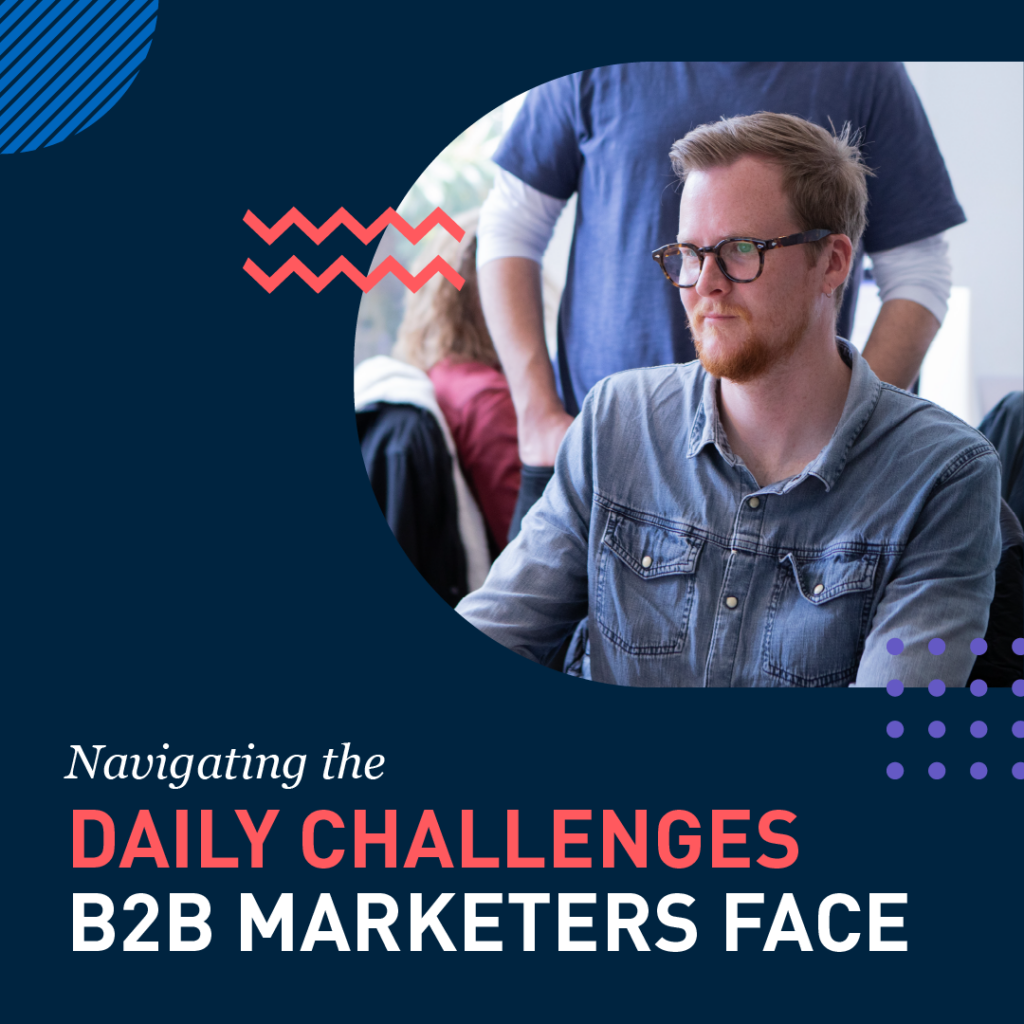Having run a full-service creative agency for the last decade, it has always surprised me how challenging it is to properly and accurately articulate the value that creativity (content, brand, digital, innovation), can bring to a business, allowing healthy growth, stronger partnerships and better outcomes.
In some ways, it feels as though creative services are treated as a commodity. Creativity is so often treated like a raw material that can be bought or sold in a market place (think coffee, oil, gold) where the price is usually controlled by that market and bought in bulk. The quality of the product may differ slightly, but it is essentially consistent across producers, and each producer is constantly focusing on reducing costs, efficiencies and scale.
So what?
When you apply uniformity, scale and cost reduction to creativity, suddenly the power of imagination, intuition, original ideas, inventiveness, gets lost in the spreadsheet that quantifies cost. Don’t get me wrong, I know that as business owners we have to control our costs, check our margins and have enough cash flow to keep the boat floating. So, how can we put a fair price on our services?
Commodity and Creativity
Ok, let’s get back into commodity and creativity. A couple of months ago, we were in New York meeting with some of our wonderful clients, discussing how we could keep supporting them. During our stay we were introduced to some great potential clients, all on the lookout for a new, lean, friendly, approachable creative agency – hello, BlueMelon Design! The conversations flowed and we learnt a lot about different services and challenges that these companies face. However, we were constantly asked for rate cards and fixed prices on the spot, making comparisons with previous agencies, freelancers, and platforms that treat creativity as a production line. Time and time again, we were asked if we had a set of packages with fixed prices that they could buy from us on the spot.
Despite all the great conversations, it was clear that the main focus was to get a price from us right off the bat. They wanted to know what the formation of the team was, and what were the timings around implementation. Sound familiar? Reduce cost, timings and price. Hang on a second! We were only just starting to get an understanding of them as potential partners, of the problems they were trying to solve, and the approaches that they had tried previously.
Uhm, where to from here? We didn’t have packages ready to go at a fixed price with SoW’s, production schedules and solutions to problems we haven’t even started to fully understand. At BlueMelon, we love getting the chance to discover what the problem is, and only then, define the areas of focus. This is when we can develop a proposal. It sounds like a no-brainer – start with the problem, understand the user and co-create a solution. Yet on the flip side of the coin, a client may want to start on the solution before understanding or validating what the problem is. Challenging, no?
What some agencies do today
Over the years and across many different agencies I have found that this has always been a challenging point and brought up many questions. How can we ensure we are remunerated properly? Can we find consistent work? We need clients that trust our expertise? Wouldn’t it be nice if we could grow this relationship further? And so on. In my time, I have seen 5 or more types of proposals that my brave fellow colleagues have been implementing in the pursuit of growth and stability in a never-steady environment.
1. The proposal based on your cost (talent)
The idea behind this one is to calculate all the recurring costs of the project and add a margin on top of the magic number. In this first example, some agencies go so granular that they include the hourly rate of each staff member. Depending on the talent you use, the proposal would fluctuate.
2. The proposal based on your cost (blended rate)
This one is similar to number 1, yet instead of taking into consideration each person’s hourly rate, the agency averages an hourly rate for the entire agency – using a break-even rate plus a % margin.
3. Stage or phase proposal (opaque pricing)
The main focus of this structure is to show high-level stages of the process and include an overall team rate. There is no granular detail into how the number is created, which in turn can be useful as the client cannot reverse-engineer the price in order to reduce it.
4. Retainer Proposals
The value of a retainer is having that revenue secure over a period of time, which in turn allows for (somewhat) steady planning. However, retainers are usually calculated on a cost basis, unless you are the lucky few that manage to get an account that takes you on board to help with R&D, push innovation and their business to the next level. More on this in a different post.
5. Fixed Price Packages
An all-inclusive set of deliverables at a set price. It’s seen as an easy way for sales teams to share quick price and deliverables, but it has big risks.
